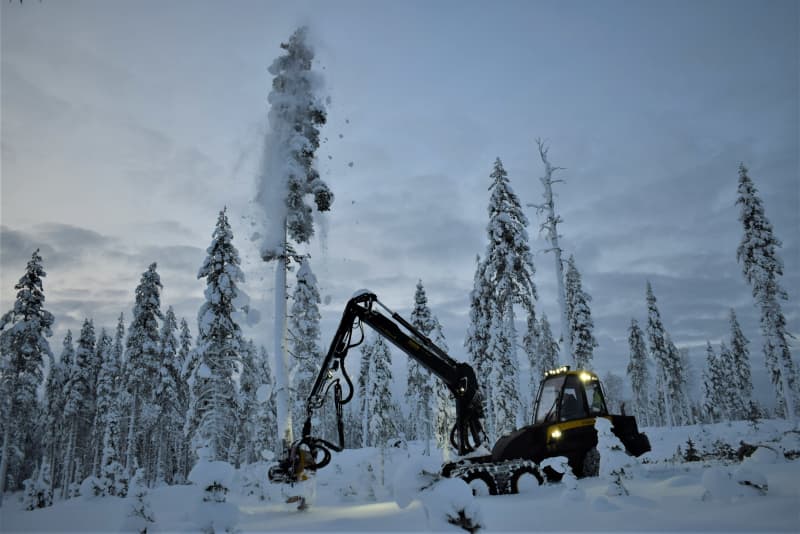
The Lapland Green Transition Chamber has listed a number of ways to promote recommendations for sustainable use of forests made by citizens and scientists.
The Lapland Green Transition Chamber has decided on concrete actions to take into account the recommendations of the Forestry Council, which is composed of citizens and scientists.
The Section has decided to set up a working group to prepare a stocktaking report, taking into account the socio-ecological importance of forests in general, the situation and importance of Lapland’s forests in this context, and the outlook and future objectives.
– The aim is to communicate the unbiased information produced by the scientific community and make it more popular,” Pesonen explains.
Tourism disadvantages could be compensated for in Lapland
The division has also decided to establish another working group. Its task is to promote the use of private forests as the subject of voluntary and market-based compensations. With the help of compensations, the forest owner could receive income from increased carbon sequestration and the protection of nature values.
– Tourists and travel companies want to compensate for the disadvantages of travel. Usually the destinations are abroad. Now the idea is to allocate compensation to destinations in Lapland where a tourist could visit on site, Pesonen says.
Natural values are already taken into account in natural resource plans
Metsäraad’s statement also emphasized carbon sequestration and safeguarding nature values \u200b\u200bin the use of forests.
According to the green transition division, the issues raised by the jury have been taken into account in the natural resources plan of Lapland (2019–2024) and the natural resources plan of the Sámi home region (2022–2027).
The division forwards the board’s opinion so that it can be taken into account in the update of the natural resource plans.
According to the division, 28 percent of Lapland’s forest area is protected by law.
Lapland’s green transition division is named by the province’s cooperation group.
Metsäraati was part of the Climate Actions in Puntar project led by the University of Turku. Its implementation was carried out by researchers from the Finnish Natural Resources Institute, the University of Turku and the Finnish Environment Institute.
*Read more* *News of Lapland**.*
